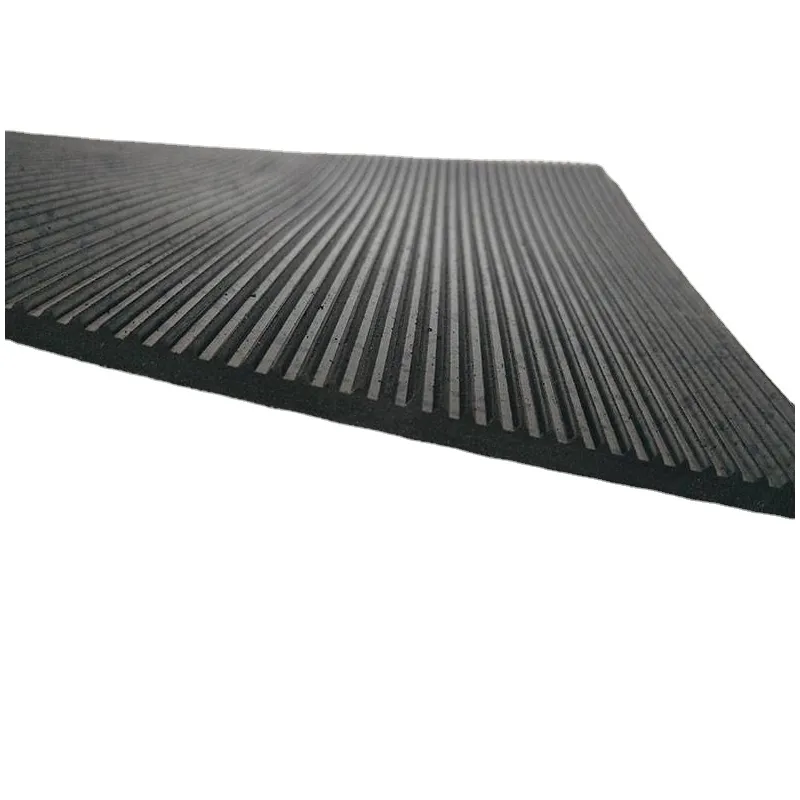drainage mat detail
Understanding Drainage Mat Details An Essential Component for Effective Water Management
In the realm of civil engineering, landscaping, and environmental design, the importance of effective drainage systems cannot be overstated. One of the often-overlooked components of these systems is the drainage mat, a crucial element that aids in managing water flow and preventing issues related to excessive moisture. In this article, we will delve into the details of drainage mats, their applications, benefits, and various types available on the market.
What is a Drainage Mat?
A drainage mat is a specialized geosynthetic material designed to facilitate the movement of water away from critical areas, such as building foundations, green roofs, and landscaped areas. Typically made from durable materials like polyethylene or polypropylene, drainage mats feature a three-dimensional structure that allows water to flow freely while providing separation between soil and other surfaces.
The Structure of Drainage Mats
The design of drainage mats features a unique configuration, often consisting of a permeable filter fabric bonded to a core material with raised knobs or channels. This structure enables the efficient movement of water while preventing sediment from clogging the system. The filter fabric works to keep soil particles from entering the drainage channel, thereby maintaining the efficiency of the drainage system over time.
Applications of Drainage Mats
1. Foundation Drainage One of the primary applications of drainage mats is in foundation drainage systems. When installed around building foundations, they create a pathway for water to flow away from the structure, significantly reducing the risk of water accumulation and subsequent structural damage.
2. Green Roofs In modern landscaping, green roofs have gained popularity for their aesthetic appeal and environmental benefits. Drainage mats play a pivotal role in these systems by ensuring excess water is directed away from plant roots, preventing waterlogging and promoting healthy plant growth.
3. Retaining Walls Drainage mats are also used behind retaining walls to alleviate hydrostatic pressure, thus preventing failures and improving the longevity of these structures.
4. Sports Fields and Playgrounds In athletic fields and playgrounds, drainage mats are essential in managing surface water, allowing for quick drainage and ensuring the area remains usable during and after heavy rainfall.
Benefits of Using Drainage Mats
drainage mat detail

- Efficient Water Management The primary benefit of drainage mats is their ability to efficiently redirect water, minimizing the risk of flooding and water accumulation in unwanted areas
.- Longevity of Structures By preventing water-related issues such as erosion and mold, drainage mats significantly prolong the life of buildings and other structures.
- Cost-Effectiveness While there is an initial investment in installing drainage mats, the long-term savings from reduced maintenance and repair costs make them a cost-effective solution.
- Environmental Impact By effectively managing water flow, drainage mats contribute to sustainable landscape design and reduce the potential for water runoff, promoting better groundwater recharge.
Types of Drainage Mats
Understanding the various types of drainage mats available is crucial for selecting the right one for specific applications
1. Rigid Drainage Mats These mats are made from solid materials and are best suited for applications requiring substantial structural support, such as around foundations or retaining walls.
2. Flexible Drainage Mats Ideal for green roofs and landscaped areas, these mats can easily conform to different contours, providing versatile drainage solutions in variable terrains.
3. Drainage Composite Mats Combining a geotextile layer and drainage core, these composites offer enhanced filtration and water movement capabilities, making them suitable for a variety of drainage applications.
Conclusion
In summary, drainage mats are a fundamental aspect of effective water management in diverse applications, including construction, landscaping, and environmental design. Their unique structures and various types cater to specific drainage needs, making them indispensable for preventing water-related issues. As urban areas continue to face challenges related to water management, understanding and implementing drainage mats will play an essential role in creating sustainable and resilient environments. By investing in this valuable resource, engineers, landscapers, and property owners alike can ensure better water management and enhanced structural longevity.
-
Under Door Draught Stopper: Essential ProtectionNewsJul.31,2025
-
Garage Door Seal and Weatherstrips for ProtectionNewsJul.31,2025
-
Edge Banding Tape for Perfect EdgesNewsJul.31,2025
-
Table Corner Guards and Wall Corner ProtectorsNewsJul.31,2025
-
Stair Nose Edging Trim and Tile Stair SolutionsNewsJul.31,2025
-
Truck Bed Rubber Mats for Pickup BedsNewsJul.31,2025
-
Window Weather Stripping for Noise ReductionNewsJul.29,2025